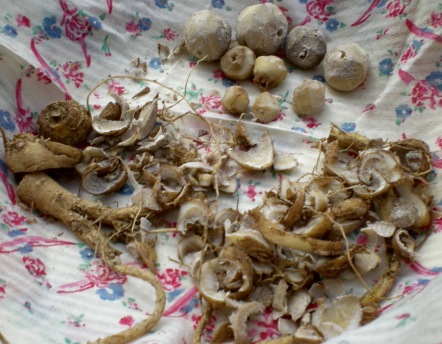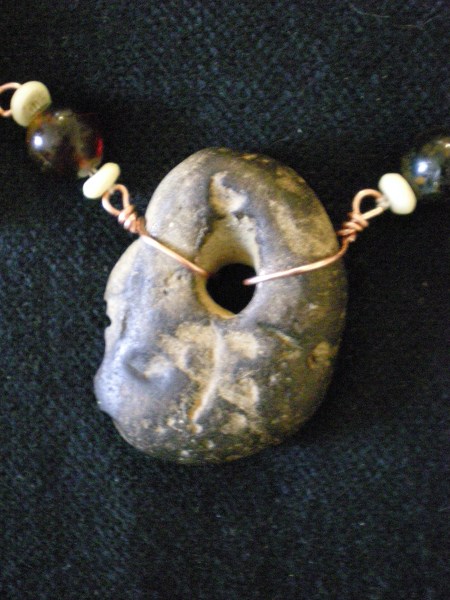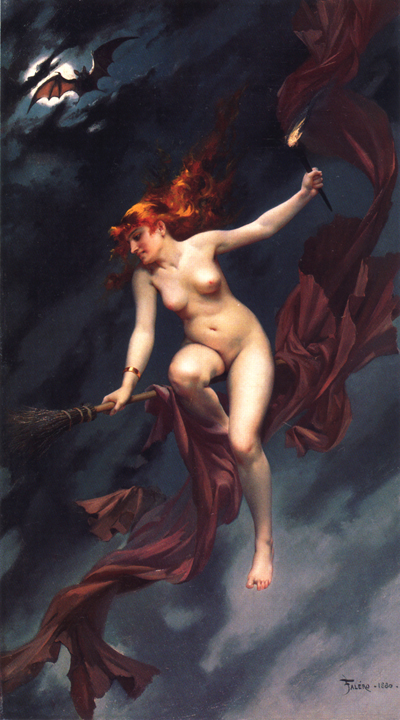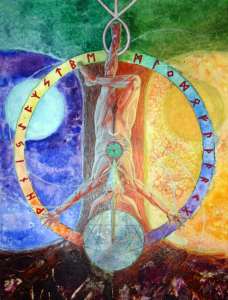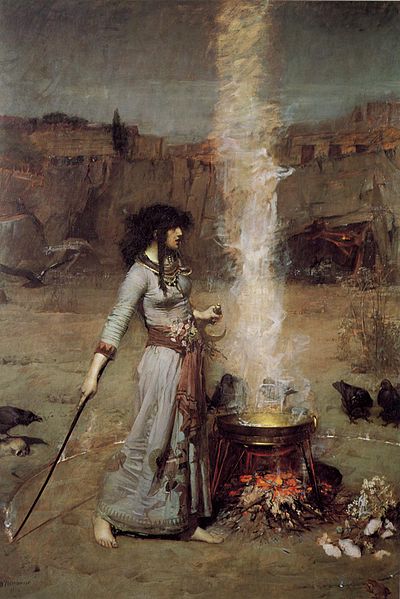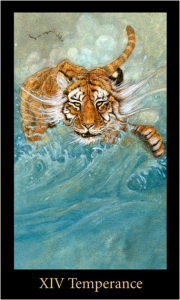Ritual Magic, by David Conway, was one of the first occult texts I came across when I was beginning my study of the Arcane Arts. It was a small book which contained the basic framework and tool kit for ritual in the Kabbalistic and Egyptian traditions, with exemplar rites, tables of correspondence, talismanic sigils, magical alphabets, pronunciation keys, most everything one would require to embark on the path of the western ceremonial magician.
That was nearly forty years ago.
Now, Aiden Wachter has published a primer describing the approach and practice of his brand of sorcery, one which draws on many sources within the Western folk magic tradition, but one that is not bound to a particular school, lineage or cultural tradition.
Six Ways – Approaches & Entries For Practical Magic, is a foundational text providing a basic tool kit for the practice of dirt sorcery, a form of shamanry rooted in the magician’s locus, rather than an imported cultural heritage. The six ways are the compass points, plus above and below, oriented from where one stands and practices. From this foundation, one develops and makes use of relations with the spirits one encounters in that place, rather than evoking the named spirits of any specific cultural lineage, or invoking the gods of an established pantheon or mythology.
Wachter draws on folk sorcery traditions of Europe and the Americas, the inspiration and practices of AOS, and elements of chaos magick to produce a sorcery devoted to the practice of magical reification, of making spirit physical where one lives and stands.

Aiden Wachter is well know as a talented talismanic jeweller, a reputation earned through his dedication to excellence and the superior quality of his physical work. He is an acknowledged expert in the fields of sigil and talisman, inspired by AOS. His many years of effort are condensed into a valuable chapter on sigil work, which he describes clearly and simply, and with the apparent ease of the greatly talented and practiced, creates an example of a sigil which is potent with symbolic power as well as artistic expression. An example I was not able to approach, even with a month of effort and permutation.

The foundations of the Six Ways include meditation instruction, step by step tranceworking, as well as the philosophical underpinnings which bind the system into a coherent whole. His is one of the best descriptions of the Magical Will that I have encountered, which I paraphrase here:
Do not do something because it is traditional, or appropriate, or praiseworthy, or has been shown to be effective, or because you think it will get you what you want, or because there is data and theory to support it, or because you were inspired or told to do it,
DO IT BECAUSE YOU FUCKING DECIDED TO DO IT.
Brilliant. Concise. Accurate.
There are several sections of the book that are dealt with in only a page or two, and that I would love to read about further. These I hope may be subjects for future chapters in upcoming books. Among them is a brief discussion of Fear. Sacred fear, fear arisen from the exploration of and interaction with the Other which has rarely been mentioned in published grimoires but is known to many established lineages.
I heartily recommend Six Ways, as a welcome respite from the weight of exotic traditions and lineages which have too long dominated the Western Magical Tradition; as a deep outbreathing of modern sorcerous practice; and as a practical and accessible recension of AOS’s potent system of sigillic magick. It offers much to the beginner, and yet still contains valuable gems to be mined by more experienced practitioners.



